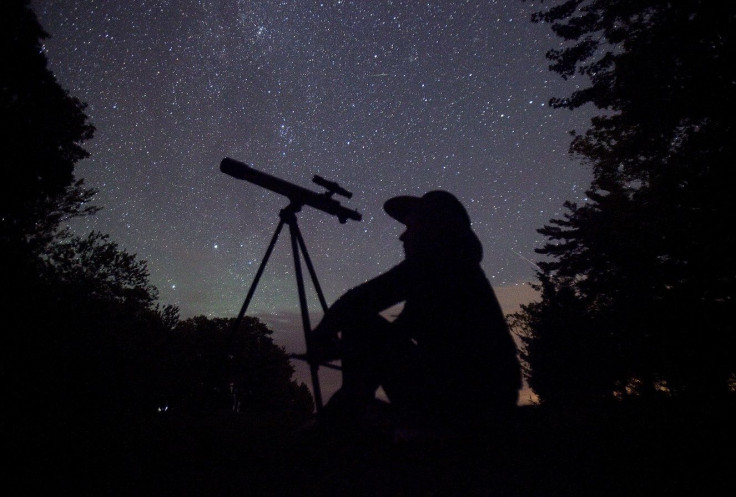Delta Aquarid meteor shower 2016: When and where to watch the meteor shower in Australia

The Delta Aquarid meteor shower is coming, and Australians will be able to view the celestial event after its peak in late July. Like the recent Eta Aquarid meteor shower in May, the Delta Aquarid will be most visible in the Southern Hemisphere.
It is active from July 12 to August 23 every year, though for 2016, the meteors will be best viewed in early August when there’s new moon and dark skies. Unlike other meteor showers, or also known as shooting stars, Delta Aquarid does not have a very definite peak and has an average of 20 meteors per hour at its peak.
Earth Sky explains that these medium-speed meteors will run from the sky in fairly steady speed from late July and early August.
When and where to view the Delta Aquarid
The nominal peak of the Delta Aquarid meteor shower is from the night of July 28 to the morning of July 29. However, the peak in late July will be somehow blocked from ground view because of the appearance of the waning crescent moon. The moon will turn new in early August, though, so viewers will have better view of the shower after its peak date.
The shower is best viewed from a dark location, away from artificial lights, and after midnight and before dawn.
Although it is viewable from almost anywhere on Earth, Delta Aquarid greatly favours the Southern Hemisphere. Australia will have a great view of the shower, as well as South Africa, the Caribbean Islands, Indonesia, the Philippines and South America, according to Spacedex.
Delta Aquarid vs Perseids
About the same time the Delta Aquarid will be visible from the skies in early August, the Perseid meteor shower will also appear.
Delta Aquarid favours the Southern Hemisphere, although it is also visible from the mid-northern latitudes. It radiates from a certain point in front of the constellation Aquarius the Water Bearer, near one of the constellation’s brightest star, Skat or Delta Aquarii, hence the Delta Aquarid name.
The famous Perseids, on the other hand, radiates from the constellation Perseus. It will be seen perhaps anywhere around the world on the mornings of August 11, 12 and 13, according to Earth Sky. Perseid meteors normally fall in the dark hours just before dawn, but for this year, the waning gibbous moon allows the best viewing time for the Perseids before the predawn hours.
Fifty to 100 meteors per hour will be visible from the northern hemisphere, and about a third of that will be visible from the southern latitudes in the Southern Hemisphere. Like the Delta Aquarid, there is no special equipment required to watch the Perseids.
To differentiate the two, knowing their point of origin is needed. If the meteors are coming from the northeast, they are Perseids. If they are coming from the south, they are Delta Aquarids. The Delta Aquarid may also appear fainter than the Perseids, and about five to ten percent of the Delta Aquarid meteors leave persistent trains, or glowing ionised gas trails that last a couple of seconds after the meteors pass.
The two showers may cross paths, though. And if they do, it would be a spectacular meteor shower-gazing experience.





















